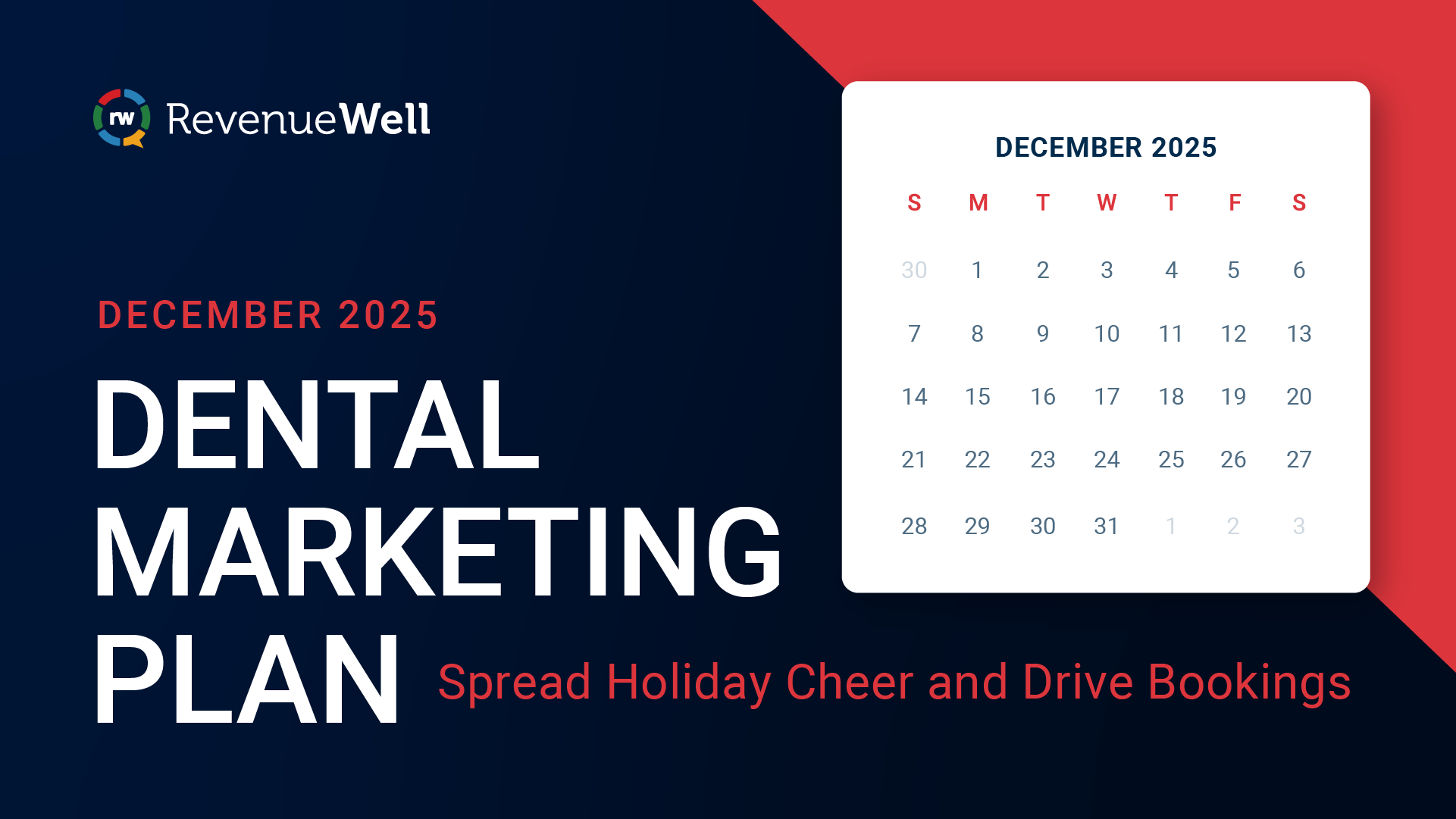5 Ways to Improve Your Dental Recall System

Running a successful dental recall system is one of the top ways to grow your practice from within.
When doctors ask us about the first thing they should do to market their practice, our stock response is to look within their own four walls.
Granted, all practices need new patients to sustain themselves and grow. However, if the goal is to increase production (and not just the patient base), then few marketing activities beat the ROI of a well-designed dental recall system.
If you’re like most offices, then you are probably sitting on tens of thousands of dollars of potential revenue from overdue hygiene appointments.
That number might even be greater when you consider that most treatments are performed after routine maintenance visits.
So, if a good dental recall system is on top of your marketing list, what are the best ways to increase its effectiveness? Here are five methods that have worked very well for our customers.
Preschedule your hygiene appointments
This may be the easiest way to improve your recall compliance, yet we’re constantly surprised by how many offices don’t do it.
This practice may take a little time to implement, but it will make an immediate impact.
Using your dental recall system to preschedule emboldens patients. It helps commit to doing the right thing for their own oral health. Moreover, prescheduling appointments makes it easier for you to manage patients who are coming due for a recall.
Prescheduling hygiene visits means that you must have a good way to remind people about these upcoming appointments. Thankfully, there are quite a few options out there that will help you automate this process.
Develop a set dental recall system
Proactively reach out to patients with whom you haven’t previously set appointments.
The keys to success here are timing and consistency.
People often need between five and seven messages to actually act. So, don’t be surprised if a single recall postcard you send out one month before the patient is due doesn’t do the trick.
RevenueWell’s recall program allows an office to set up five different attempts for contacting the patient. They start four-to-six weeks before the recall date and continue for a month or two after the patient is due.
Communicating with the patient repeatedly and varying the message each time drastically increases the success rate for bringing a patient back into the chair.

Vary the medium
In addition to trying different messages, get in front of patients using more than one message type.
If you have been mostly sending direct mail recall postcards, consider adding email and texting to your communication mix.
Speaking with patients on their own level can go a long way in getting the response you’re looking for.
For example, patients who tell you they like your RevenueWell text message appointment confirmations are great candidates to receive SMS recall notifications.
Make it easy for patients to act
Whatever the medium, don’t forget to tell your patients exactly what you want them to do.
If it’s a printed postcard you’re sending, then prominently include your contact information and a call to action. Something like, “Our schedule is filling up fast. Call to make your appointment today!”
If you’re sending an email communication, then the best strategy is to let them request the appointment online. Include a link to your website or your dental patient communication system.
Automate as much as you can
One of the biggest hindrances to running a successful recall program is the time commitment required.
Planning and implementing a recare communication schedule is one thing. Keeping up with all the emails, postcards, and text messages is quite another.
Fortunately, technology is quickly catching up with this problem.
A marketing automation software like RevenueWell is capable of automatically communicating with patients based on their recall date.
By automating the low-level activities like printing postcards or typing up emails, you’ll free up more of your time.
You can proactively explain the value of maintenance visits to your patients, or personally follow-up with others who fall through the cracks of your recare program.

Learn more about how RevenueWell improves case acceptance and creates more close-knit relationships between dentists and their patients.




